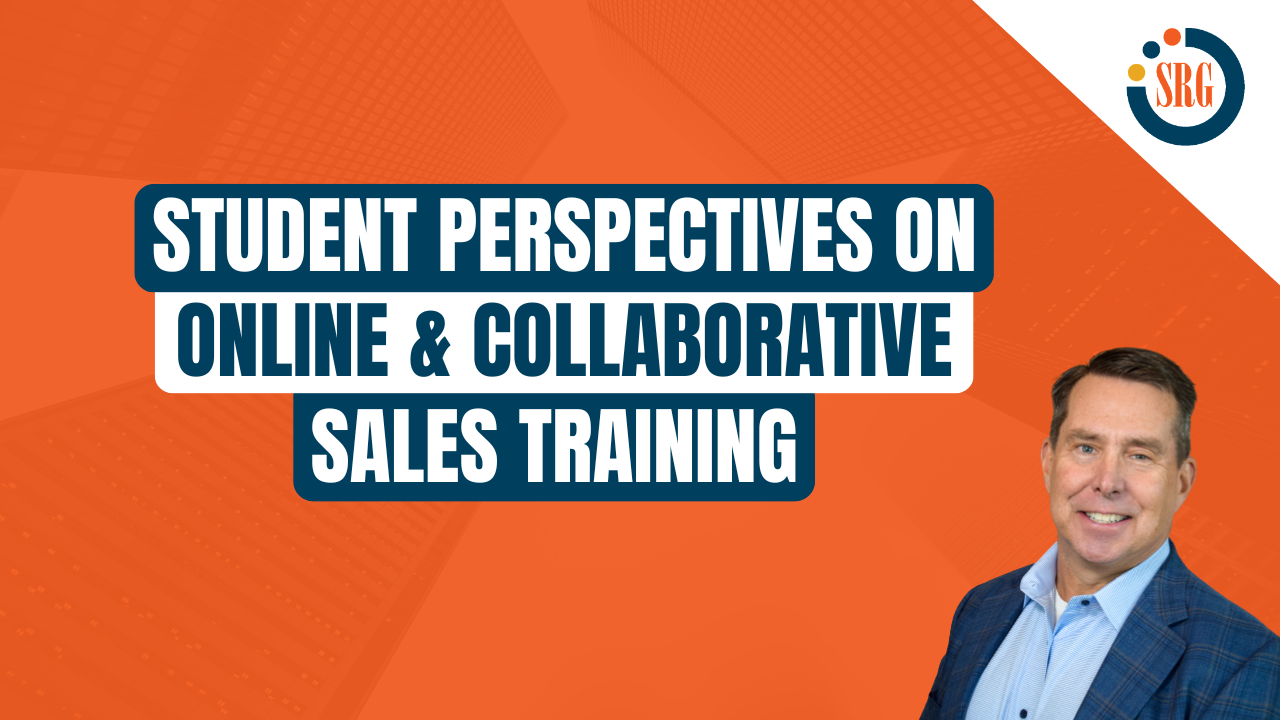The expansion of online, collaborative learning is one of the most exciting evolutions to come out of the challenges of delivering sales training over the past year. As the participant feedback suggests below, online, collaborative learning did a great job engaging participants, increasing group collaboration, and reinforcing skills over time – all of which is leading to greater success for learners and better outcomes for companies.
A recent collaborative learning experience we offered for an international technology company, “Sales Fundamentals for the Modern Seller,” is a case in point. The training – provided virtually via our Collaborative Learning Experience (CLX) platform – incorporated videos, practice activities, completion badges, and live cohort sessions with sales professionals from multiple teams and departments.
“We had a chance to learn from other sellers within our organization on the challenges they face and the ongoing opportunities they have to learn,” said one senior manager. “I found it really useful to have the hands-on experiences, the learning exercises and, most importantly, the collaboration.”
Collaboration
“The live cohort sessions were a way to come back after going through all the experiences with your customers and colleagues and talk about what worked and what didn’t work,” explained a Technical Sales Specialist. “The beauty of having the course occurring at the same time as the customer conversations meant I was able to bring that information to the other members of the course as well as take that feedback and use that in the next meeting. It was a brilliant approach.”
Our multi-modal CLX is designed to foster peer-to-peer interactions within an environment that offers continuous, just-in-time learning opportunities. Another participant, a senior sales representative, said he felt participants learned more from the peer-to-peer collaboration than from any other aspect of the training.
Traditional sales training programs that happen once a year are often overwhelming experiences where participants feel like they’re drinking from a fire hose. In contrast, with online, collaborative learning, much of the formal content is delivered via videos that participants can watch and digest at their own pace.
A business and education specialist described his experience in “Sales Fundamentals for the Modern Seller” as something he could easily work into his day-to-day routine. “They were mostly short videos, three to five minutes long. You could spend half an hour, do them slowly, take notes, and see the incremental growth.”
Real-Life Application
The customizability of blended learning means that organizations can easily tailor content to the specific skills and topics that their sales professionals need. “Everything we did in the course was based on the idea that these are activities that we would have to do with customers on a day-to-day basis,” said one technical sales specialist.
“As we went on week by week,” he continued, “we were able to really understand what a Proof of Concept means, to practice active listening, to figure out ways to help the customer make a decision.”
All of the assignments and projects during the training focus on the real-world application of skills. Rather than being graded in a traditional sense, they are peer-reviewed based on a standard rubric to reinforce desired behaviors.
Outcomes
During virtual trainings like this one, participants are able to track their progress – and stay motivated – with leaderboards, missions, badges, and gamification. Afterward, sales managers are encouraged to follow up with one-on-one coaching to reinforce the lessons from the training and monitor the application of skills and knowledge. This is the best way to ensure successful training outcomes (lasting changes in behavior) and, ultimately, improved closing rates.
One participant said he felt that he universality of the “Sales Fundamentals for the Modern Seller” training could help unite everyone in the organization. “I would recommend it for anyone all the way from a senior executive to someone who just joined the company,” he said.
This example highlights how virtual training can be reconceptualized to provide tailored content, reinforcement of skill application, and peer-to-peer collaboration, all as part of a single program.


